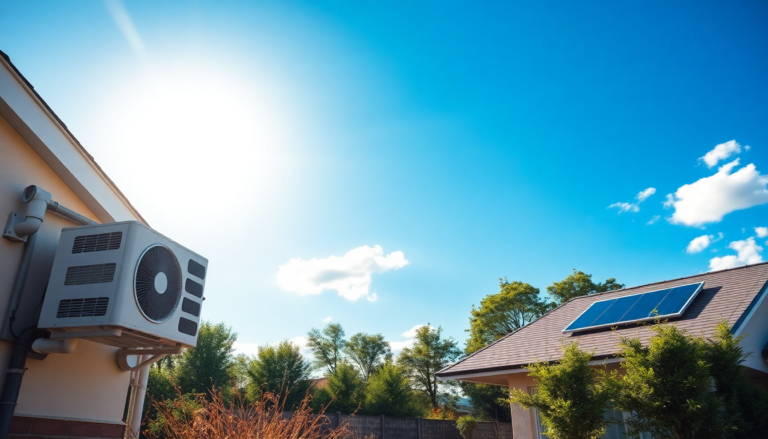Argomenti trattati
As summer reaches its peak, the sweltering heat brings more than just discomfort; it can also pose serious hazards for our homes. With temperatures soaring, it’s essential to understand how extreme heat impacts various systems in our houses—from HVAC and plumbing to roofing and electrical components. So, how can you stay ahead of potential problems? By being proactive, homeowners can prevent costly repairs and keep their living spaces comfortable and safe.
Recognizing the Risks of Extreme Heat
Extreme heat can create a host of challenges for home systems. Take HVAC systems, for instance; they often face increased demand during heat waves. This surge in usage can lead to higher energy consumption, which may overload electrical systems, resulting in failures or even electrical fires in severe cases. Have you ever thought about how much strain your AC unit is under during a heat wave? Understanding these risks is the first step in protecting your home.
When it comes to plumbing, high temperatures can cause pipes to expand, potentially leading to leaks or bursts, especially in older systems. Keep an eye out for signs of distress, like unexplained spikes in your water bill or damp spots on walls. These indicators are crucial and should never be ignored. Similarly, if your lights flicker or outlets feel warm to the touch, your electrical system could be struggling, which may signal impending failures.
Preventative Measures for Home Systems
To combat the effects of extreme heat, regular maintenance of your HVAC system is absolutely vital. This includes simple tasks like replacing air filters and ensuring your home is properly insulated. Experts recommend checking insulation around vulnerable areas, such as pipes in attics, to help prevent heat-related damage. And if you find yourself running multiple high-power devices, it might be time to consider upgrading to a higher-capacity electrical panel to safely accommodate increased demand.
But don’t stop there—keeping an eye on your home’s exterior can help prevent problems before they arise. Roof shingles are particularly vulnerable to heat, with extreme temperatures causing them to curl or crack. Ensuring proper ventilation in your attic can reduce heat build-up and extend the life of your roofing materials. If you notice signs of wear, like curling edges or missing shingles, it’s a good idea to consult a professional roofer for an inspection.
Understanding Cost Implications of Repairs
While preventative measures can save you money in the long run, it’s also important to grasp the potential costs of repairs if issues do arise. For instance, a simple refrigerant recharge for your air conditioning unit could set you back a few hundred dollars, whereas a complete system replacement might soar past $10,000. Plumbing repairs can be just as variable; minor leaks may cost a few hundred dollars, but extensive repiping can easily exceed $10,000. Have you considered how these costs could impact your budget?
Don’t forget about electrical repairs either; replacing a circuit breaker might run over $300, while a full panel upgrade could reach $4,000. Understanding these potential costs can help you effectively budget for necessary repairs and prioritize your maintenance efforts.
Conclusion: Preparing for Future Heat Waves
In conclusion, the impact of extreme heat on home systems is significant and often overlooked. By recognizing the risks and implementing preventative measures, homeowners can shield their properties from the devastating effects of heat waves. Regular maintenance, vigilant monitoring for signs of distress, and being prepared for potential repairs can ensure that your home remains a safe and comfortable haven throughout the scorching summer months. So, are you ready to take action and protect your home?

